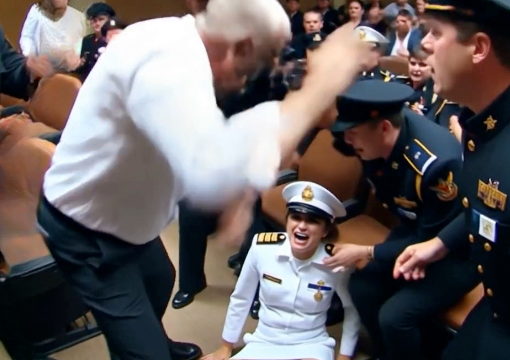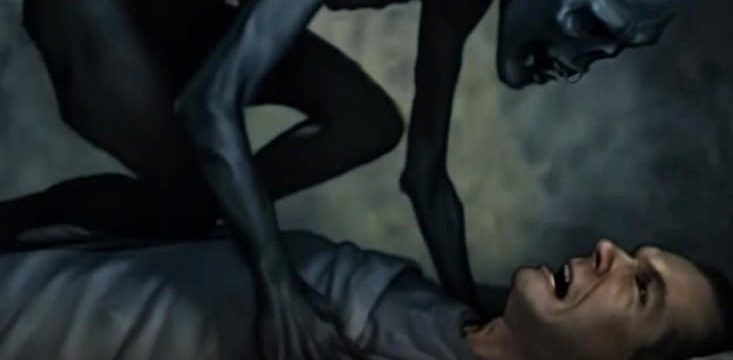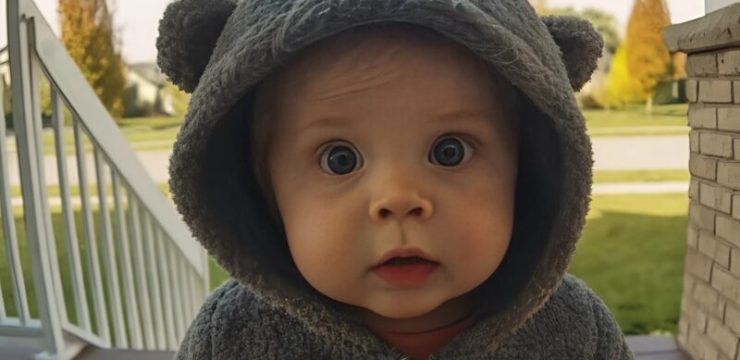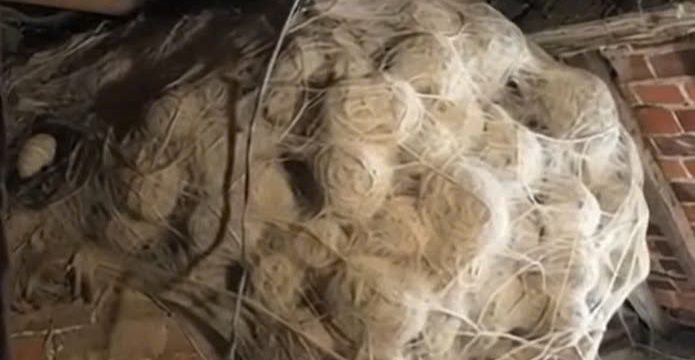My son Peyton is nine years old, and like many kids his age, he loves fun shoes—especially the kind that light up when he walks or runs. On June 24th, something happened that I never expected and feel every parent should know about. That day, Peyton had been playing with water at school, and his shoes got wet while he was wearing socks.

It didn’t seem like a big deal at the time. When he came home later that evening, he mentioned that his feet were hurting. I checked and noticed his feet looked a little red, but I just assumed they were cold from the water and figured the irritation would go away. The next day, after spending time outside again, Peyton told me that his feet were burning and hurting much worse. This time when I looked, I was shocked to see that the redness had intensified, and there were blisters forming.
He was in obvious pain, and I knew something was seriously wrong. I called his pediatrician right away the following morning, and we were quickly referred to a foot specialist. The specialist asked us several detailed questions, trying to pinpoint what could have caused such a severe reaction. Then something clicked—the light-up shoes Peyton had been wearing had recently stopped working. That detail turned out to be the key.
The doctor explained that Peyton had suffered second-degree chemical burns, and the likely culprit was the shoes themselves. Apparently, when light-up shoes get wet, the batteries inside them can sometimes leak, releasing chemicals that can burn the skin. Our doctor had seen a similar case before, though it was rare, and he confirmed that Peyton’s injuries matched the symptoms of a chemical burn from battery leakage. I was shocked. These were children’s shoes, made by Skechers—a brand we’ve trusted for years without ever having a problem. The specific pair was called “Rayz,” and they had a little switch on them to turn the lights on and off. I never imagined they could pose such a danger, especially just from getting wet
. It was heartbreaking. Peyton was so excited about summer break, but now he has to keep his feet wrapped and can’t run around with his friends or play outside with his brothers. Still, he’s been incredibly brave through it all. The doctor gave us a treatment plan: we need to apply Silvadene cream to the burns for about three weeks, and starting the next day, Peyton was also prescribed steroids to help reduce inflammation and speed up the healing process. I had no idea this kind of thing could happen from something as simple as wet shoes. It never even crossed my mind that batteries inside a child’s shoes could leak and cause serious harm. We live in New York and have nine children, so we’re always looking for practical and affordable options when it comes to shoes, and Skechers had always been one of our go-to brands. This was the first time we’d experienced anything like this, and I knew I needed to share our story. If your kids wear light-up shoes, please be extra cautious. Don’t let them get wet. Avoid puddles, sprinklers, or anything else that might soak the shoes. The lights may be fun and exciting, but the risk simply isn’t worth it. We only connected the burns to the shoes because the lights stopped working right around the time Peyton’s symptoms started. It’s something most parents wouldn’t think to look out for, but I hope our experience helps change that. I’m sharing this story not to scare anyone, but to spread awareness. No child should have to go through what Peyton has, and no parent should feel blindsided by a product meant to bring joy. Please help us spread the word. Share our story on Facebook, Twitter, or with your local parent groups. A simple heads-up could protect another child and spare a family from pain and worry. Peyton is on the road to recovery, and we’re hopeful he’ll be back on his feet and enjoying summer soon—but we’ll definitely be more mindful in the future, and I hope you will be, too.





